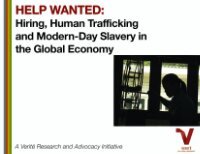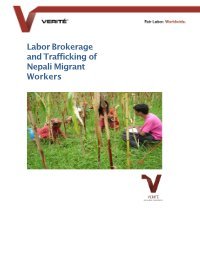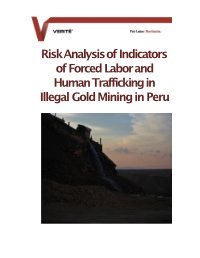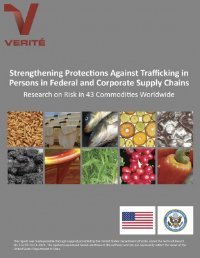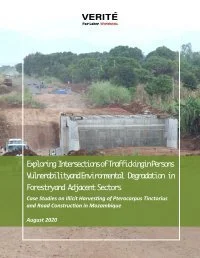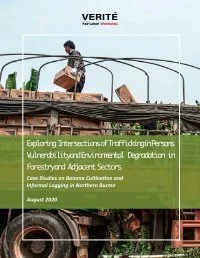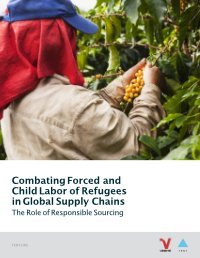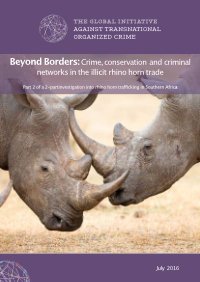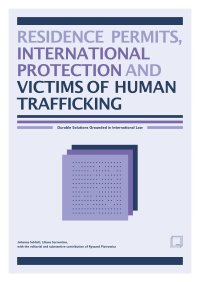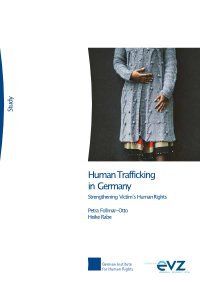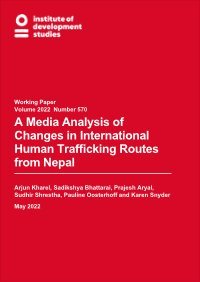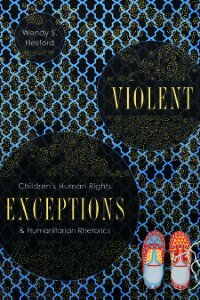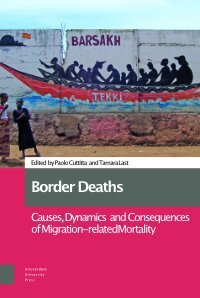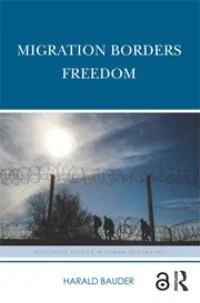By Verité
Workers are at heightened vulnerability to modern-day slavery when they have been brought to work away from their homes. This vulnerability is generated or exacerbated by the involvement of labor brokers. Labor brokers act as the middlemen, facilitating a connection between potential workers and their eventual employers. The system of labor brokerage is widespread, opaque, sometimes corrupt, and largely lacking in accountability. In some cases brokerages are substantial, well-organized companies. In others they are informal in their structure and outreach. In all cases their presence in the recruitment and hiring “supply chain” increases the vulnerability of migrant workers to various forms of forced labor once on-the-job. The debt that is often necessary for migrant workers to undertake in order to pay recruitment fees, when combined with the deception that is visited upon them by brokers about job types and salaries, can lead to a situation of debt-bondage – which, according to Anti-Slavery International, is “probably the least known form of slavery today, and yet it is the most widely used method of enslaving people.”1 When a migrant worker finds herself in a foreign country, with formidable recruitment debt and possibly even ancestral family land hanging in the balance, on a work visa that ties her to one employer and a job that doesn’t remotely resemble the salary and conditions that were promised to her by her labor broker, she has fallen into what Verité calls a HIRING TRAP. There are few global workplace problems in more urgent need of attention. This report begins by offering key findings from recent Verité research on the intersection of brokers, migrant workers and slavery. This research was performed in a variety of sectors and locales across the globe, including: the migration of adults from India to the Gulf Cooperation Council (GCC) States of the Middle East for work in construction, infrastructure and the service sector; the migration of children and juveniles from the Indian interior to domestic apparel production hubs; the migration of adults from Guatemala, Mexico and Thailand to work in U.S. agriculture; and the migration of adults from the Philippines, Indonesia and Nepal to the Information Technology sector in Malaysia and Taiwan.
Amherst, MA: Verité, 2010. 72p.


